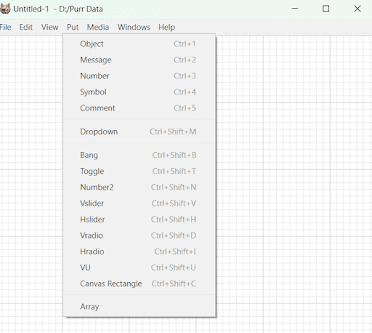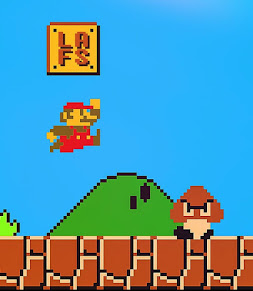Blog4:Challenges of the project

Blog4:Challenges of the project In the last blog, we discussed the importance of game sound and the process of designing and producing it. Now, I'd like to talk to you about the challenges in my project. The technical challenge I am very new to PureData software, which means I need to going to spend a lot of time starting to learn PureData from the beginning. For example, PureData uses a graphical interface for programming, which may be a challenge for me who is used to text programming. Although I have already learnt Max/msp, it will take me some time to understand and familiarise myself with the various parts of the PureData interface, to understand the concepts of objects and connections, as well as the process of how to create and edit sound effects. There are also many different objects and function modules in PureData, each with its own specific purpose and parameters. This is also what I need to spend some time learning what these objects do and how to use them to mak...


